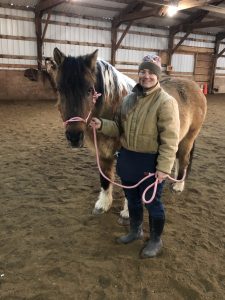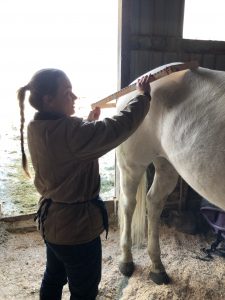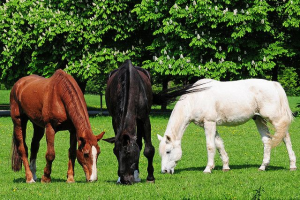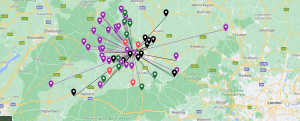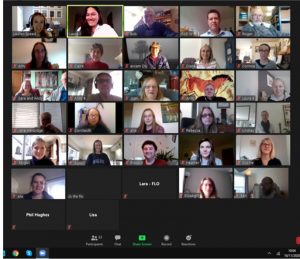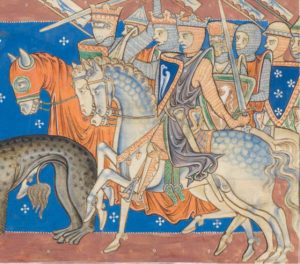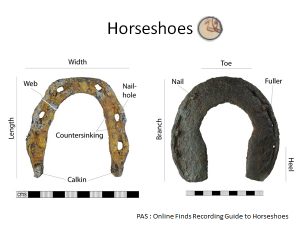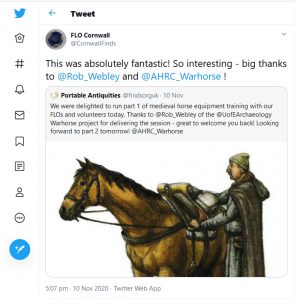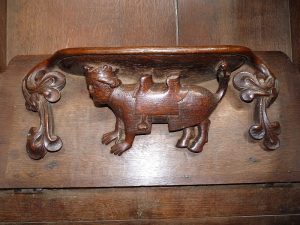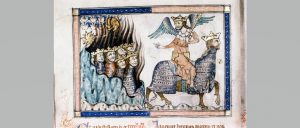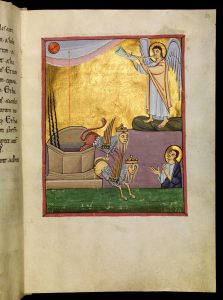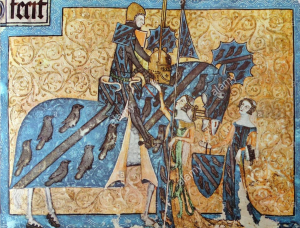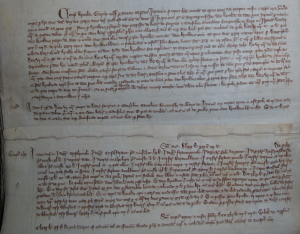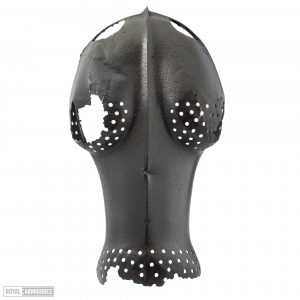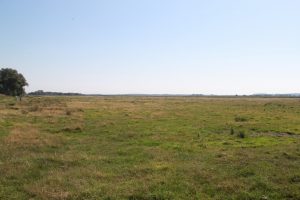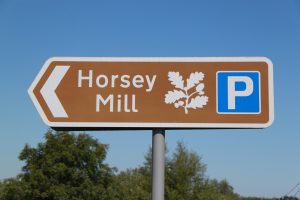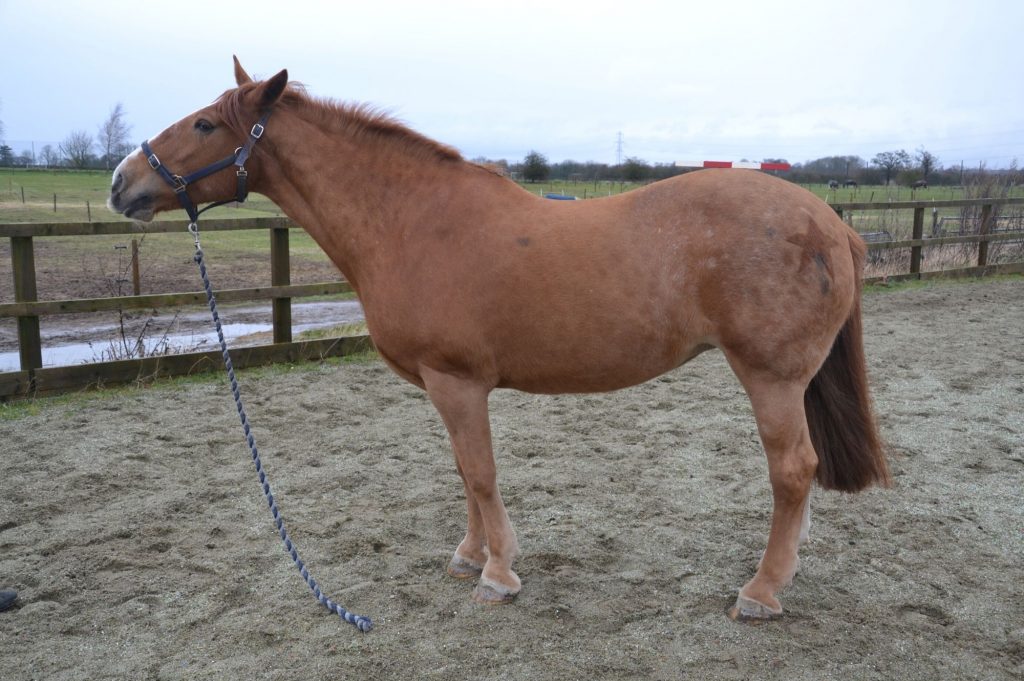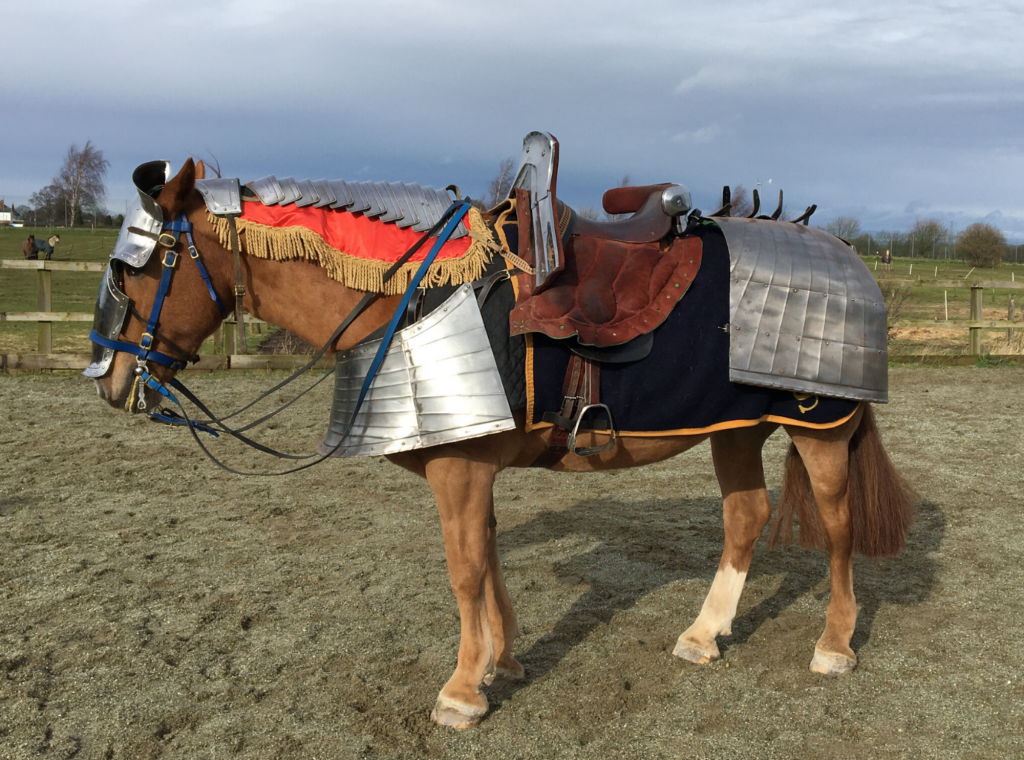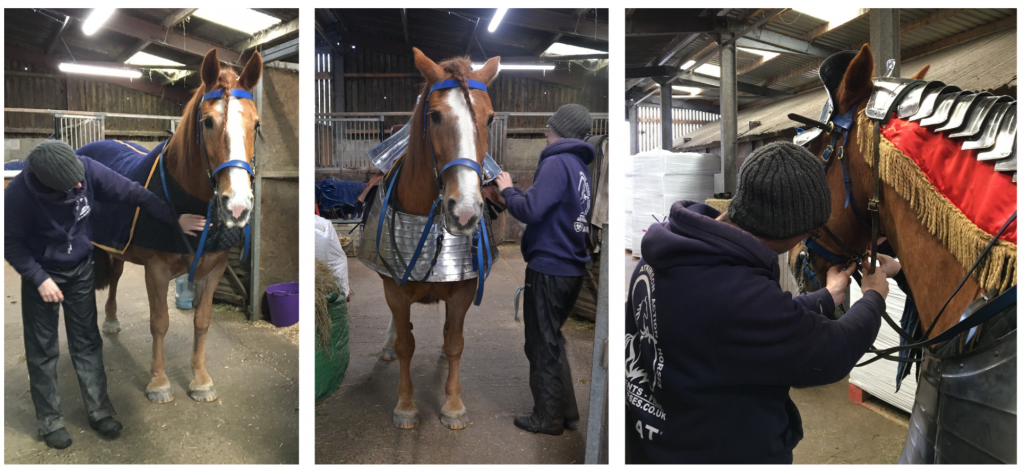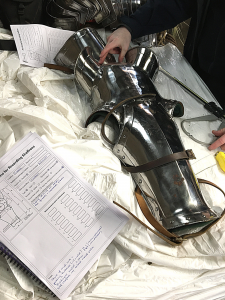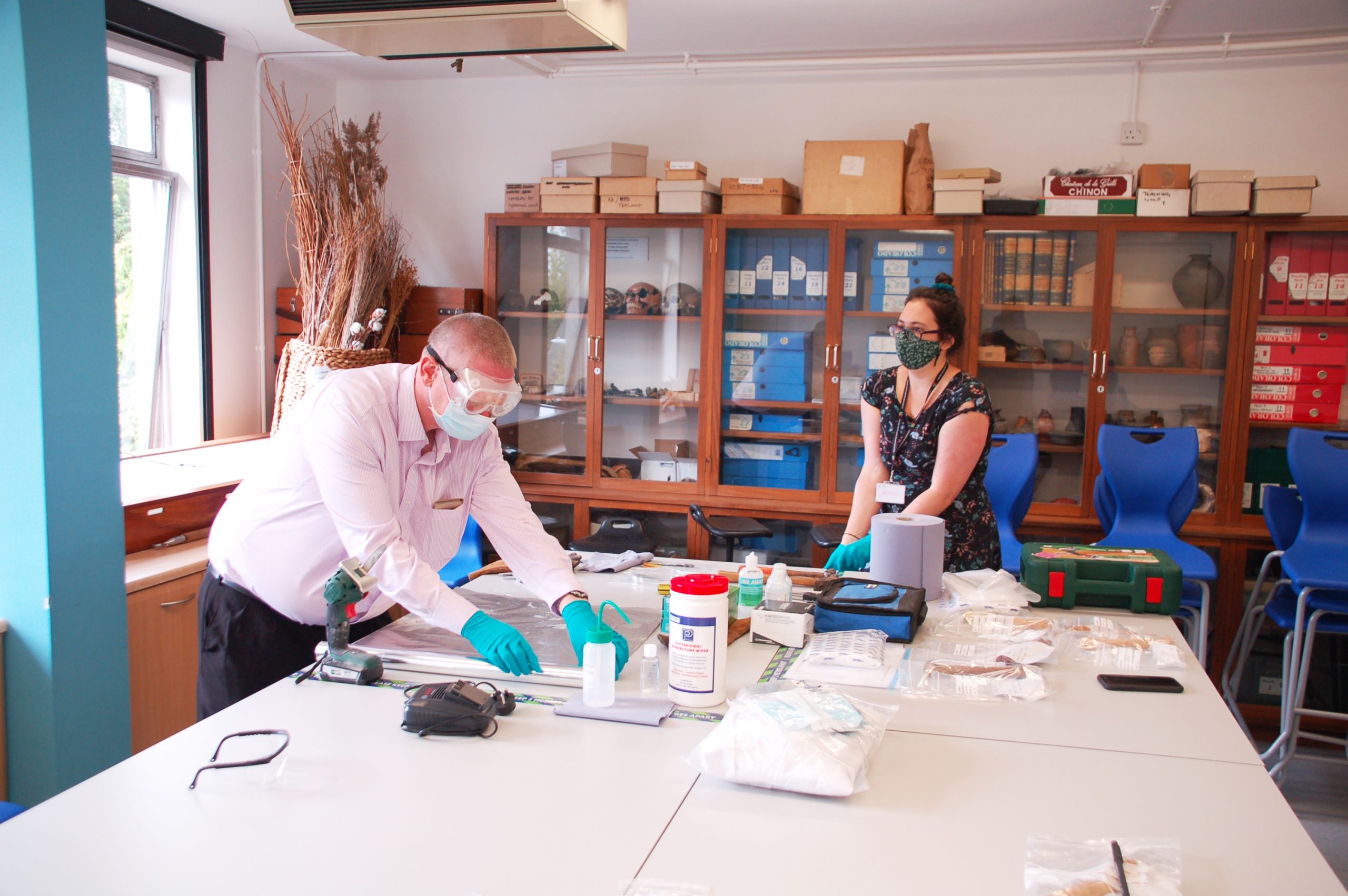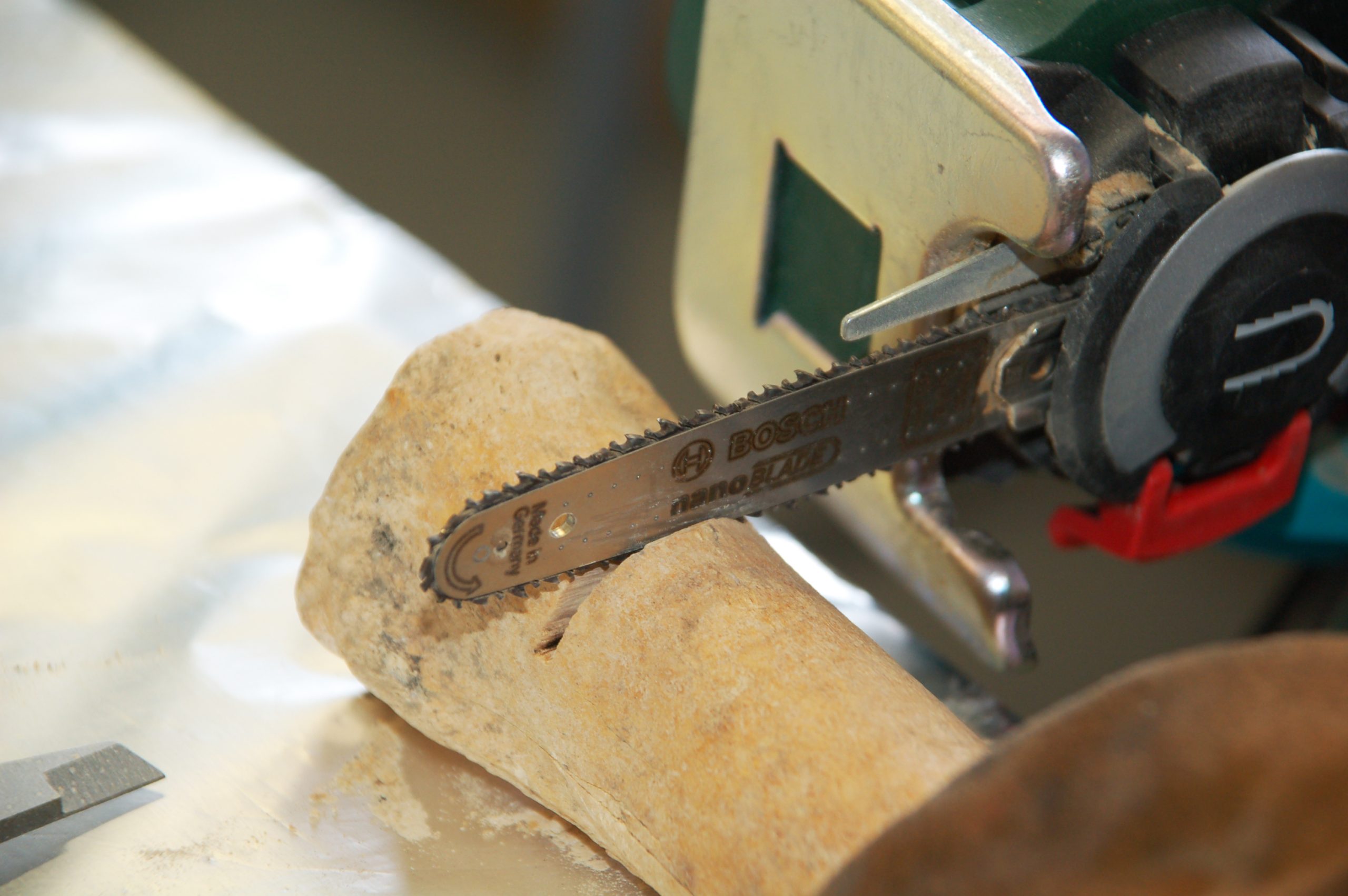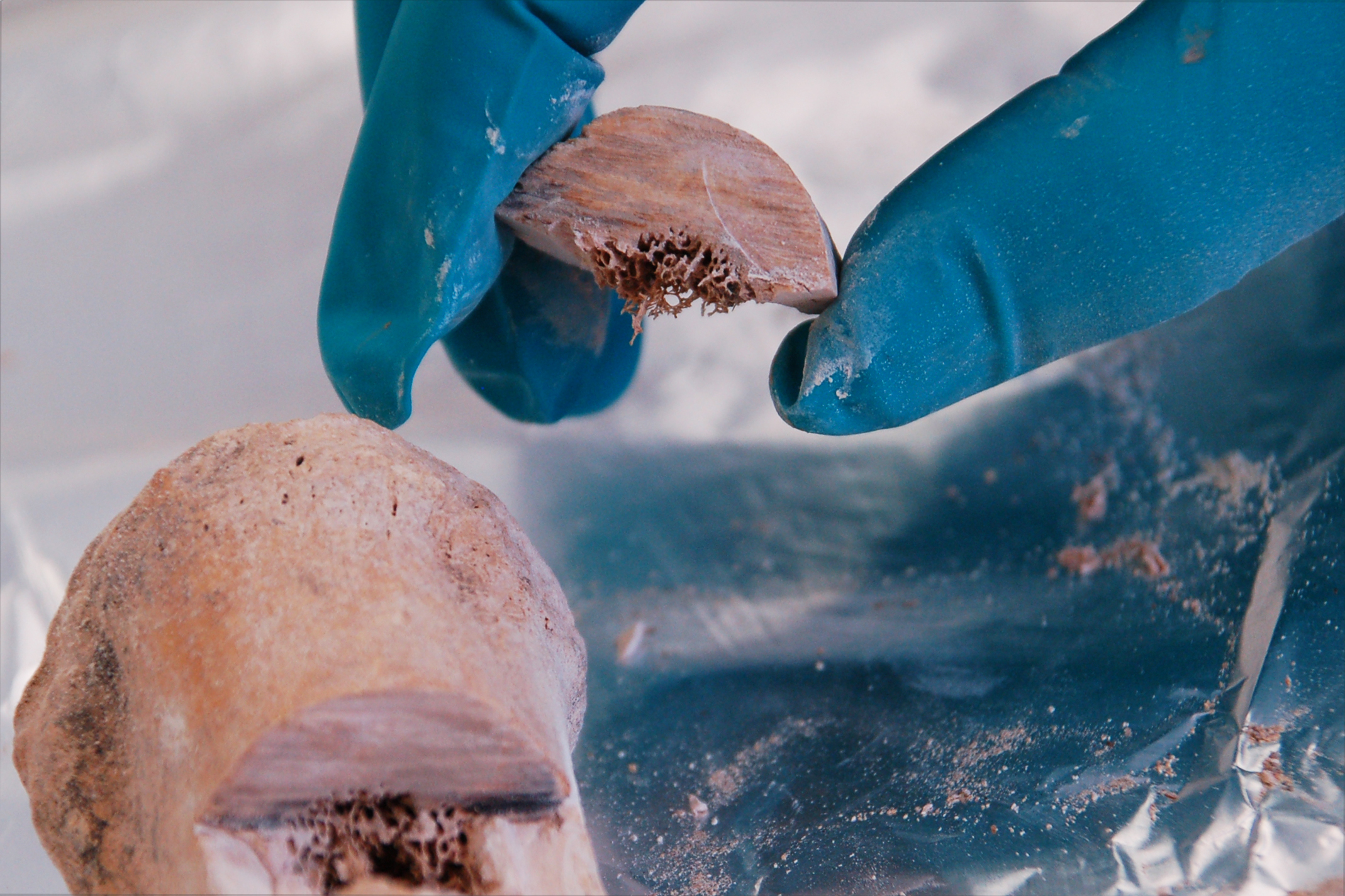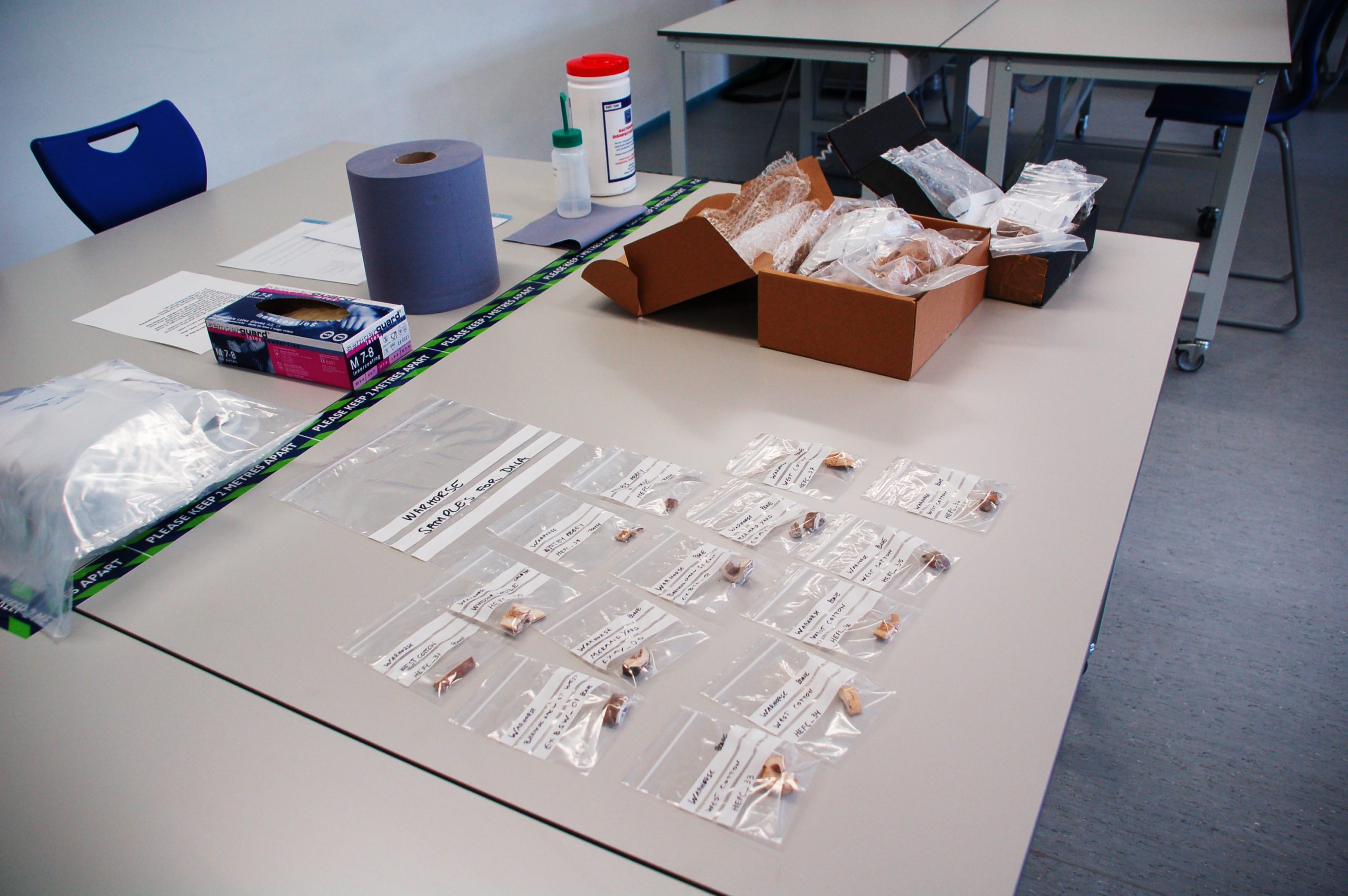A year is a long time in research, and the interval between the last project summary blog in January 2020 and this update twelve months later has seen some seismic shifts in ways of working for a project such as ours due to the ongoing Covid pandemic. As well as confronting some obvious challenges, our project has put in place mitigations and work plans to drive the work forward and make exciting progress and new discoveries on several fronts.
 A meeting of Warhorse project staff 2021 style
A meeting of Warhorse project staff 2021 style
The Zooarchaeological Work Package has developed in particularly innovative ways during the crisis in order to mitigate some of the difficulties around many museums and archive collections being closed for long periods of time, which has prevented ready access horse bones for analysis. Carly Ameen, our Project Officer, has led the way in building a large digital dataset of existing measurements of horse bones. Containing in excess of 6,000 records sourced from a wide network of zooarchaeological collaborators, this dataset is proving a rich and remarkable platform for deep analysis of horse metrics. Preparing this resource has been time consuming and involved, including extensive cleaning of records and streamlining for consistency, but we are quietly confident that it will enable us to model changes in horse size through the centuries in a way not previously possible. Preliminary analyses are both promising and intriguing, and the database has the potential to bring out contrasts between horse remains from different types of sites (such as castles, religious communities and settlements) and between the rural and urban worlds, as well as through time. We are already preparing a manuscript for a paper to present some headline results. Despite the issues of accessing museums, the team has still managed to locate specimens of horse bones from some choice sites that have been transported to our facilities in Exeter for sampling and analysis (see this earlier blog post). The materials have ranged widely — from early medieval horse bones derived from Whitby Abbey on the coast of Yorkshire through to early modern examples from Bradgate Park, Leicestershire — and our work has involved X-Ray recording and the extraction of samples for genetic analysis that have been mailed off to our partner’s laboratory in Toulouse. We await seeing the preliminary results…
Progressing our Material Culture Work Package during the Covid-19 pandemic has been a little less challenging than some other areas of the project given that it has as its core the analysis and enhancement of a digital resource that is fully online — the Portable Antiquities Scheme Database. Aided by Laura Jones, a University of Exeter Undergraduate Archaeology student on a year-long work placement with our project, Rob Webley has been driving forward work on cleaning and enhancing digital records relating to equestrian finds and on the spatial analysis of findspots. The project has already contributed to the development of the online Finds Recording Guides created by the Portable Antiquities Scheme — this link gives a good flavour of the work and of the types of horse gear that metal detectorists around the country are finding every day. Sometimes copper-alloy components can help us analyse equipment otherwise dominated by iron — an article published recently by Rob Webley suggests that a previously mysterious type of mount was in fact used on (iron) bridle bits. Harness pendants have been a particular focus of work, and the team have broken new ground in exploring representations of heraldry on these tiny but illuminating artefacts (see this earlier blog post) and studying their patterning in the landscape. One particularly tantalising possibility that we are exploring is that some documented medieval tournament sites preserve diagnostic artefact scatters including horse harness pendants. In the last year we have also made great initial strides with measuring armour, starting with the stored collections of the Royal Armouries in Leeds (see this blog post), but this is an element of the project that will have to stay in abeyance until museums and collections open up.
The History and Landscapes Work Package, led by our team at the University of East Anglia (Rob Liddiard and Gary Baker), has been making remarkable progress despite the challenges presented by the non-accessibility of some key historical archives during the Covid pandemic. The preliminary work on photographing records of royal horse accounts held by the National Archives in Kew that was carried out pre-pandemic has meant that some initial analyses have been possible — for example see this blog post on what these documents reveal about the maintenance, care and feeding of horses in the fourteenth century. One of the aspects of the project that excites us most is the potential for interplay between different categories of evidence, and a particularly novel aspect of this work package is the question of how we can relate documentary records of horse management to the physical evidence of the landscape. Excellent progress has been made on mapping for the first time the nationwide distribution of horse studs as it evolved through the centuries, and on reconstructing the hinterlands on which individual studs drew upon for resources. Hard details on the appearance of stud infrastructure is proving frustratingly elusive in the documents but we are hopeful that future combing of select archives will produce results, while the evidence of place-names provides another clear area of potential: see this blog for some early thoughts on what place-names can tell us about medieval equine landscapes. Over the course of the next year we will be selecting sites for fieldwork, including geophysical surveys, in our hunt for stud sites, and following up other leads in the documentary record.
With a series of journal articles in different stages of development and some already out: see for example: https://royalarmouries.org/stories/all-the-kings-horses/) and the outline of our project monograph developing fast, the team is keeping a keen eye on outputs and even follow-on funding opportunities to help build a legacy of our project. Project team members are also active on the international conference circuit, with highlights among planned presentations over the coming months being a paper at the EAA (European Association of Archaeologists) conference and the Battle Conference on Anglo-Norman Studies.
Do look out for future posts as the project develops in these directions and others.

